Home>Gardening & Outdoor>Landscaping Ideas>How Many Square Feet In A Pallet Of Sod Grass
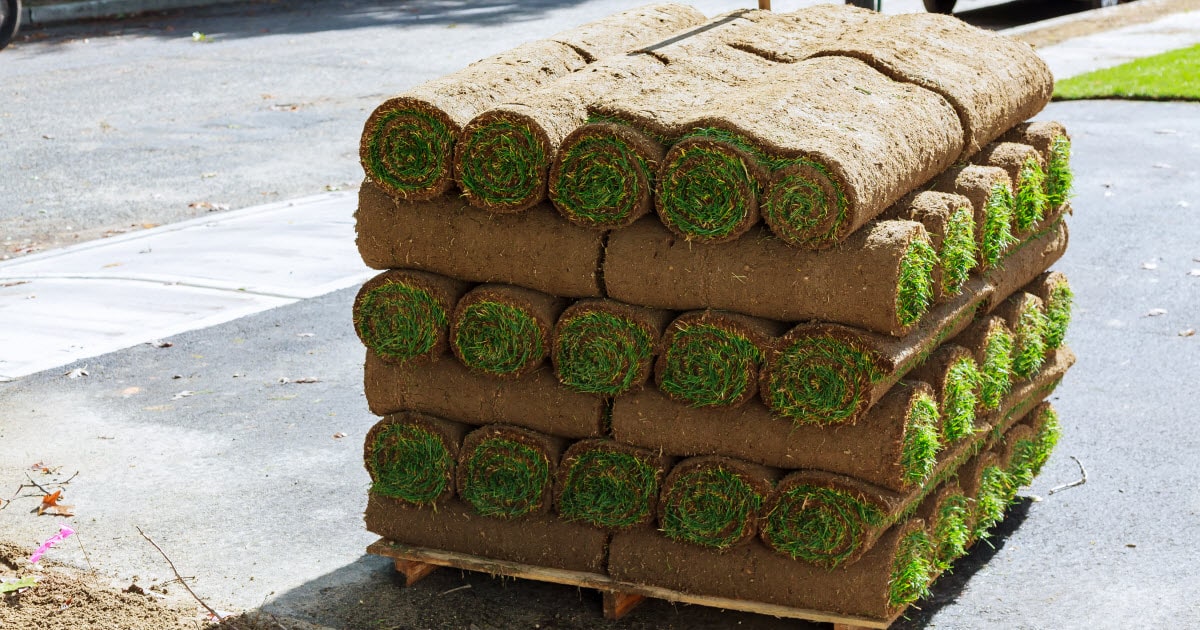

Landscaping Ideas
How Many Square Feet In A Pallet Of Sod Grass
Modified: March 24, 2024
Discover the perfect landscaping ideas with our guide on how many square feet are in a pallet of sod grass. Start transforming your outdoor space today!
(Many of the links in this article redirect to a specific reviewed product. Your purchase of these products through affiliate links helps to generate commission for Storables.com, at no extra cost. Learn more)
Introduction
So, you've decided to revamp your outdoor space and transform it into a lush, green paradise. One of the essential elements in achieving this vision is sod grass. Whether you're a seasoned landscaper or a novice homeowner, understanding the basics of sod grass is crucial to ensuring a successful and vibrant lawn.
Sod grass, also known as turf grass, is a popular choice for establishing a new lawn or repairing an existing one. Its appeal lies in the fact that it provides an instant, uniform carpet of grass, creating an immediate impact on the landscape. However, before delving into the specifics of how many square feet are in a pallet of sod grass, it's important to grasp the fundamentals of this verdant marvel.
Sod grass is essentially grass that has been cultivated and nurtured by professional growers. It is harvested in sections, complete with the roots and soil, and then rolled out onto prepared ground. This method allows for quick establishment and provides an instant lawn that is ready for use within a short period.
In this article, we'll explore the intricacies of sod grass, from understanding its characteristics to calculating the square footage of a pallet of sod grass. By the end, you'll be equipped with the knowledge to make informed decisions and create a picturesque landscape that will be the envy of the neighborhood. Let's dive in!
Key Takeaways:
- Sod grass provides an instant, lush lawn and comes in different species. Calculating the square footage of a pallet involves multiplying the dimensions of each piece and the number of pieces in the pallet.
- Factors like sod thickness, soil preparation, and installation technique can affect the sod’s coverage. Understanding these factors helps in planning a successful landscaping project.
Read more: How Many Square Feet Is A Pallet Of Grass
Understanding Sod Grass
Before delving into the technical aspects of calculating the square footage of a pallet of sod grass, it's essential to comprehend the nature of sod grass itself. Sod grass is a meticulously cultivated form of grass that is grown by professionals on specialized farms. These farms nurture the grass to ensure it is healthy, vibrant, and ready for transplantation.
One of the key advantages of sod grass is its immediate impact. Unlike traditional seeding, which requires time and patience for the grass to grow and cover the area, sod grass provides an instant lawn. This is particularly beneficial for those seeking quick results, whether for aesthetic purposes or to prevent soil erosion.
Sod grass is available in various species, each with its own unique characteristics. Some common types include Bermuda grass, Zoysia grass, and Fescue grass, among others. Each species has distinct features such as drought tolerance, shade tolerance, and maintenance requirements. Understanding the specific traits of the sod grass species is crucial for selecting the most suitable option for your landscaping needs.
Furthermore, sod grass offers numerous environmental benefits. It helps prevent soil erosion, reduces heat, absorbs carbon dioxide, and releases oxygen, contributing to a healthier and more sustainable environment. Additionally, a well-maintained sod lawn can enhance the overall curb appeal of a property, increasing its market value and aesthetic appeal.
By comprehending the intricacies of sod grass, including its cultivation, immediate impact, species variations, and environmental advantages, you can make informed decisions when embarking on a landscaping project. Now that we've gained a deeper understanding of sod grass, let's explore the process of calculating the square footage of a pallet of sod grass.
Calculating the Square Footage of a Pallet of Sod Grass
When embarking on a landscaping project that involves sod grass, it’s essential to accurately determine the square footage required to cover the intended area. This ensures that you purchase the appropriate amount of sod grass, preventing shortages or excess that can lead to unnecessary expenses. Calculating the square footage of a pallet of sod grass involves a straightforward process that considers the dimensions of the pallet and the coverage area.
The first step in this calculation is to determine the dimensions of the pallet of sod grass. Pallets typically come in standard sizes, with the most common dimensions being 16 inches by 24 inches. However, it’s advisable to verify the specific dimensions with the supplier to ensure accuracy.
Once the pallet dimensions are confirmed, the next consideration is the square footage that the pallet covers. This is calculated by multiplying the length and width of each piece of sod in the pallet. For example, if each piece of sod measures 16 inches by 24 inches, the total square footage covered by a single piece is 2 square feet (16 inches ÷ 12 inches = 1.33 feet, 24 inches ÷ 12 inches = 2 feet, 1.33 feet x 2 feet = 2.66 square feet, rounded to 2 square feet).
After determining the square footage covered by a single piece of sod, you can then find the total square footage of the entire pallet by multiplying the individual piece’s square footage by the number of pieces in the pallet. For instance, if a pallet contains 50 pieces of sod, the total square footage covered by the pallet would be 100 square feet (2 square feet per piece x 50 pieces = 100 square feet).
It’s important to note that these calculations provide an estimate of the square footage covered by a pallet of sod grass. Factors such as the sod’s thickness and potential trimming during installation may slightly alter the actual coverage. Therefore, it’s advisable to consult with the supplier or a landscaping professional to ensure precise measurements for your specific project.
By understanding the process of calculating the square footage of a pallet of sod grass, you can confidently plan and execute your landscaping project, ensuring that you acquire the appropriate amount of sod grass for your desired area. Now, let’s delve into the factors that can affect the square footage of sod grass to further enhance your landscaping knowledge.
A standard pallet of sod grass typically covers about 450 square feet. However, it’s always best to check with the supplier for the exact coverage of the sod you are purchasing.
Factors Affecting the Square Footage of Sod Grass
While the calculation of the square footage of a pallet of sod grass provides a fundamental understanding of the coverage area, several factors can influence the actual application and overall effectiveness of the sod. By considering these factors, you can optimize the use of sod grass and ensure a successful landscaping endeavor.
- Sod Thickness: The thickness of the sod plays a significant role in its coverage area. Thicker sod provides more substantial coverage, while thinner sod may require additional pieces to achieve the desired density. When determining the square footage required for your project, consider the thickness of the sod to accurately assess the quantity needed.
- Soil Preparation: The condition of the soil where the sod will be installed can impact its coverage. Proper soil preparation, including leveling, fertilization, and adequate moisture, can create an ideal environment for the sod to establish and thrive. Well-prepared soil can maximize the effectiveness of the sod, ensuring optimal coverage and growth.
- Installation Technique: The method used to install the sod can influence its coverage and long-term viability. Proper installation, including careful placement, seamless seams, and thorough watering, can enhance the sod’s ability to take root and expand, ultimately contributing to its overall coverage area.
- Trimming and Shaping: During the installation process, trimming and shaping the sod to fit the designated area may be necessary. This can result in slight variations in the coverage area, as trimmed pieces may not fully utilize their original square footage. Considering potential trimming needs when calculating the sod requirements can help account for any adjustments during installation.
- Environmental Conditions: Factors such as sunlight exposure, temperature, and moisture levels can impact the sod’s growth and coverage. Understanding the environmental conditions of the installation site is crucial for selecting the appropriate sod species and optimizing its coverage potential in the given landscape.
By taking these factors into account, you can refine your approach to calculating the square footage of sod grass and ensure a comprehensive understanding of the variables that may influence its application. This holistic perspective empowers you to make informed decisions and execute your landscaping project with precision and confidence.
Conclusion
As we conclude our exploration of the square footage of a pallet of sod grass, it’s evident that sod grass serves as a versatile and impactful landscaping solution. Its immediate impact, environmental benefits, and aesthetic appeal make it a popular choice for homeowners, landscapers, and property developers alike. By understanding the intricacies of sod grass and the factors that influence its coverage area, you are better equipped to embark on successful landscaping projects that yield vibrant and enduring results.
Calculating the square footage of a pallet of sod grass involves a straightforward process that considers the dimensions of the pallet and the coverage area. By accurately determining the square footage required for your project, you can optimize the use of sod grass, prevent unnecessary expenses, and ensure a seamless installation process.
Furthermore, by considering factors such as sod thickness, soil preparation, installation technique, trimming and shaping, and environmental conditions, you can refine your approach to calculating the square footage of sod grass. This comprehensive understanding empowers you to make informed decisions and execute your landscaping project with precision and confidence.
Whether you’re transforming a residential lawn, enhancing a commercial property, or revitalizing a public space, the knowledge gained from this exploration will serve as a valuable asset in your landscaping endeavors. With the ability to calculate the square footage of a pallet of sod grass and consider the various influencing factors, you are well-prepared to create vibrant, sustainable, and visually stunning landscapes that leave a lasting impression.
As you embark on your next landscaping venture, may the lush, verdant beauty of sod grass enrich your outdoor spaces and provide a welcoming oasis for all who encounter it.
Frequently Asked Questions about How Many Square Feet In A Pallet Of Sod Grass
Was this page helpful?
At Storables.com, we guarantee accurate and reliable information. Our content, validated by Expert Board Contributors, is crafted following stringent Editorial Policies. We're committed to providing you with well-researched, expert-backed insights for all your informational needs.
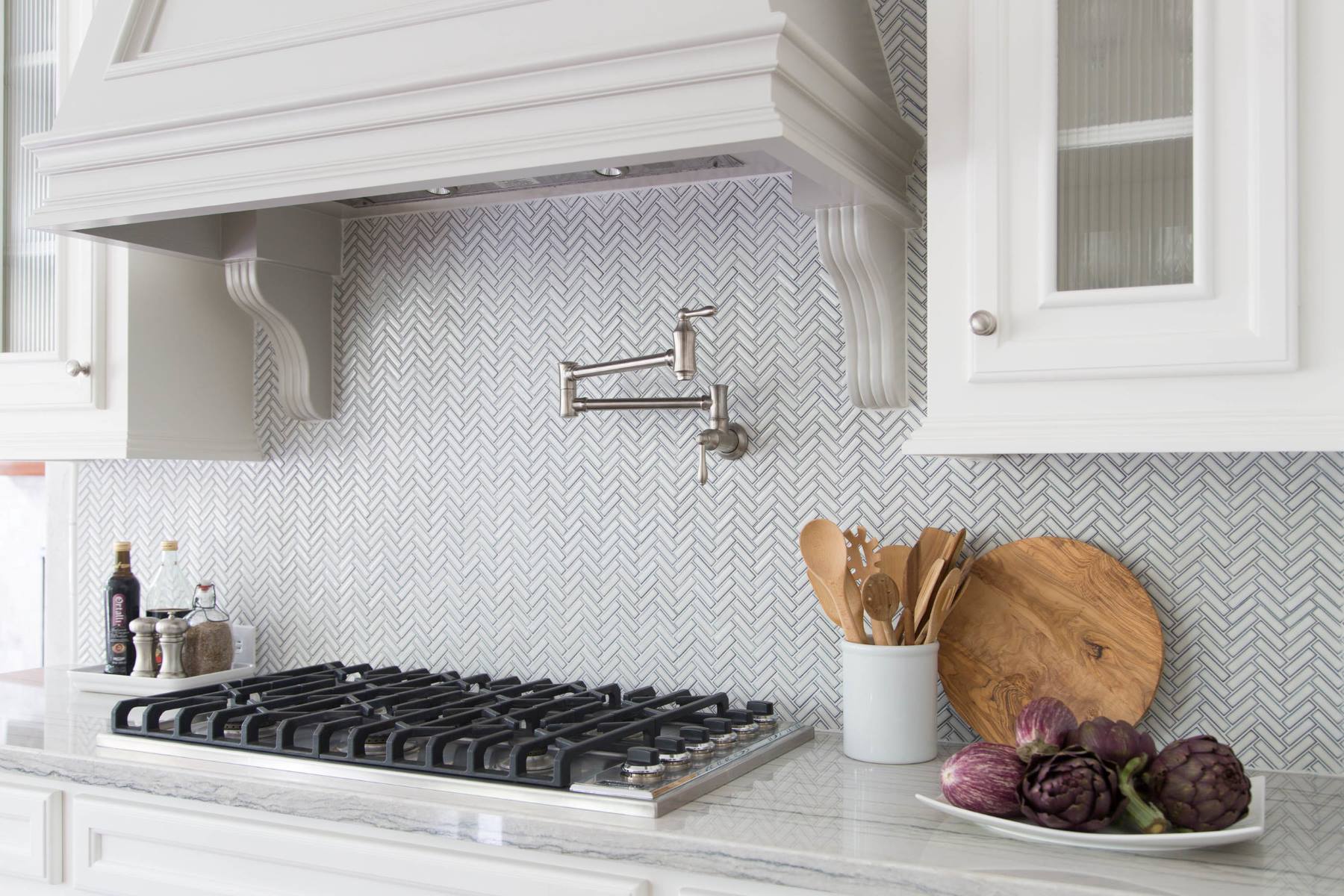



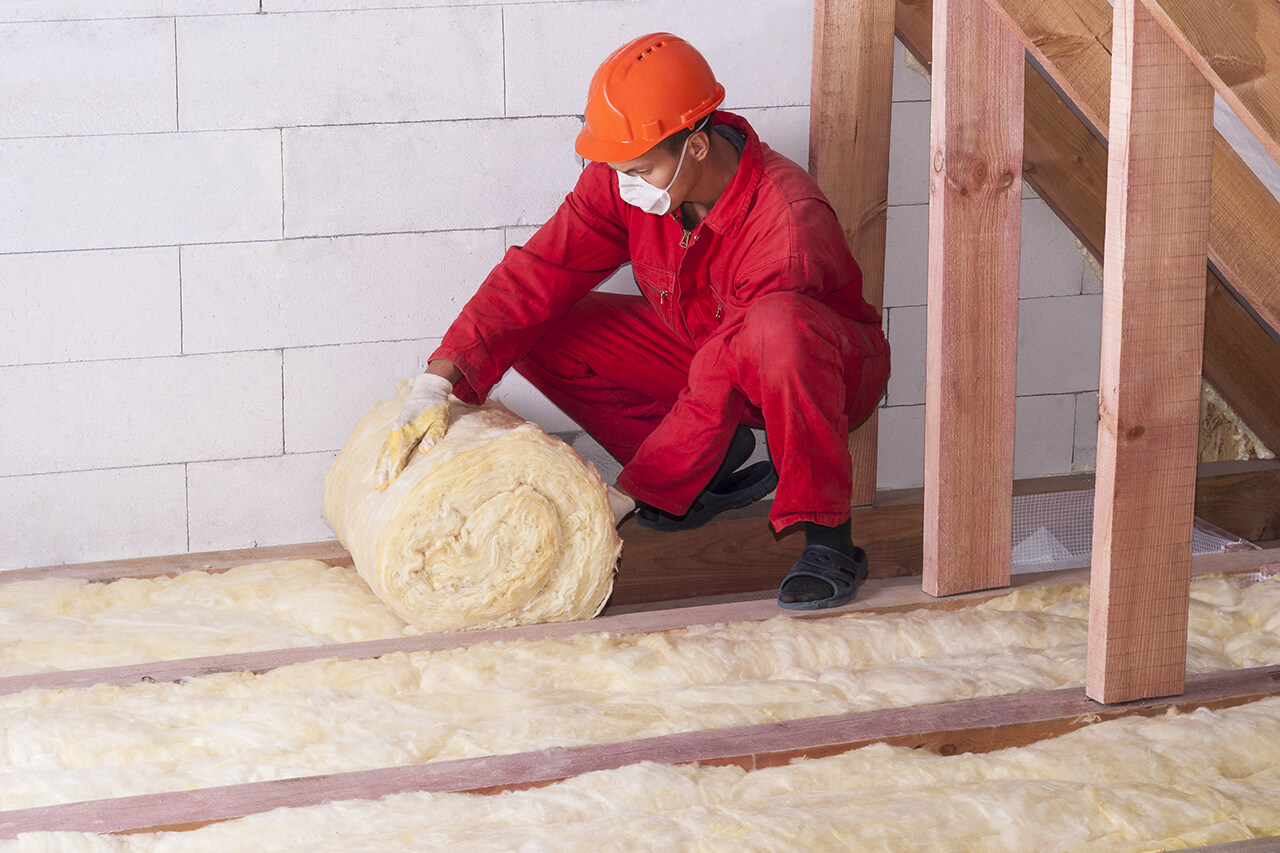
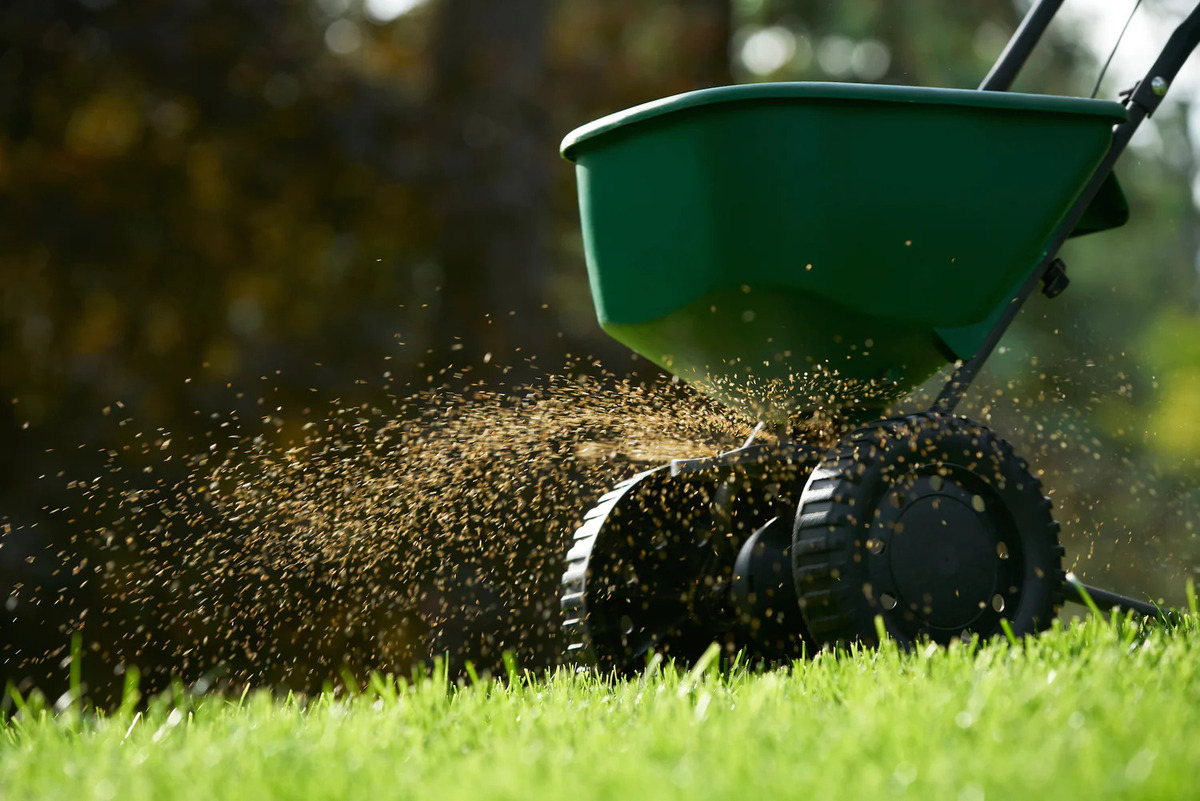
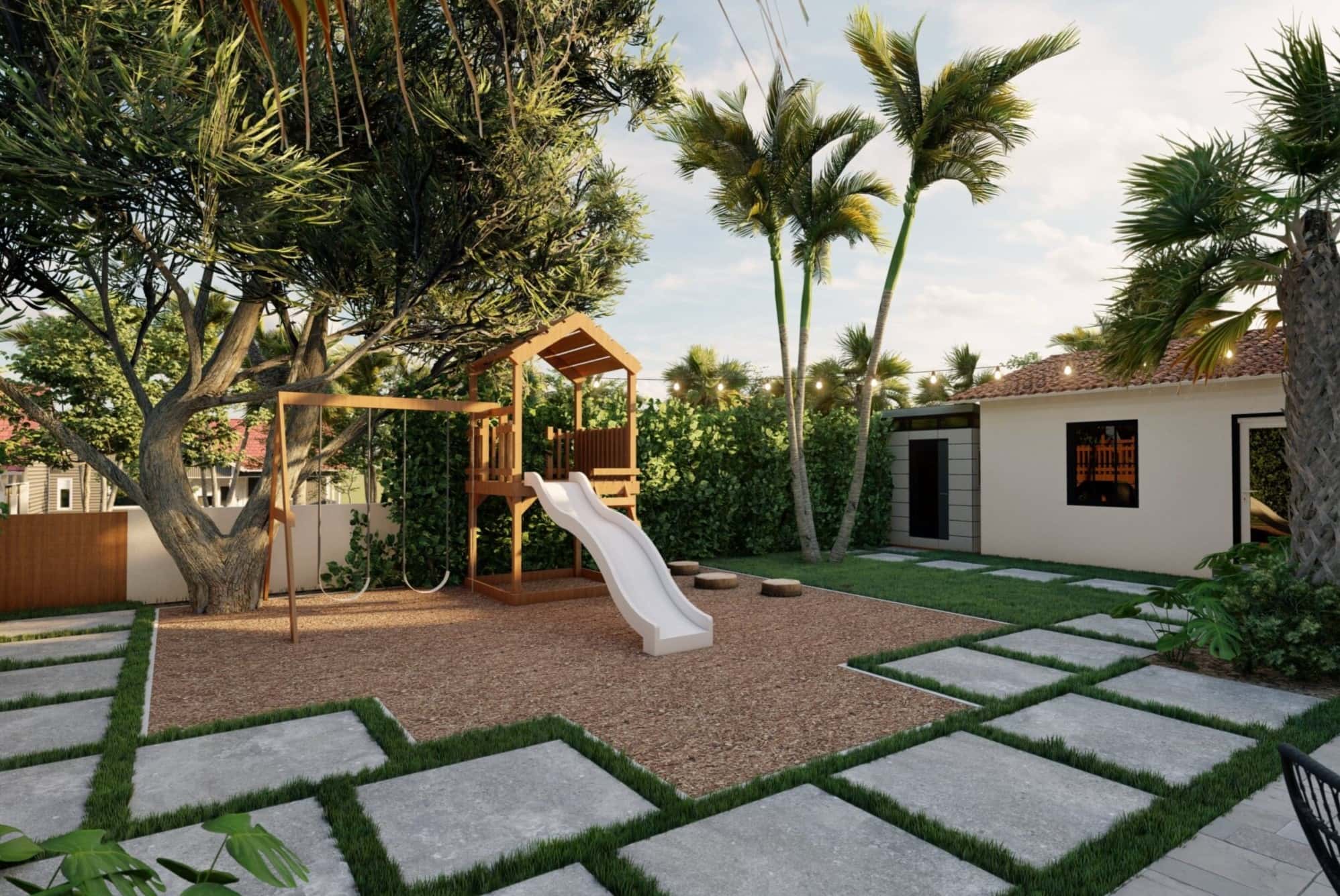
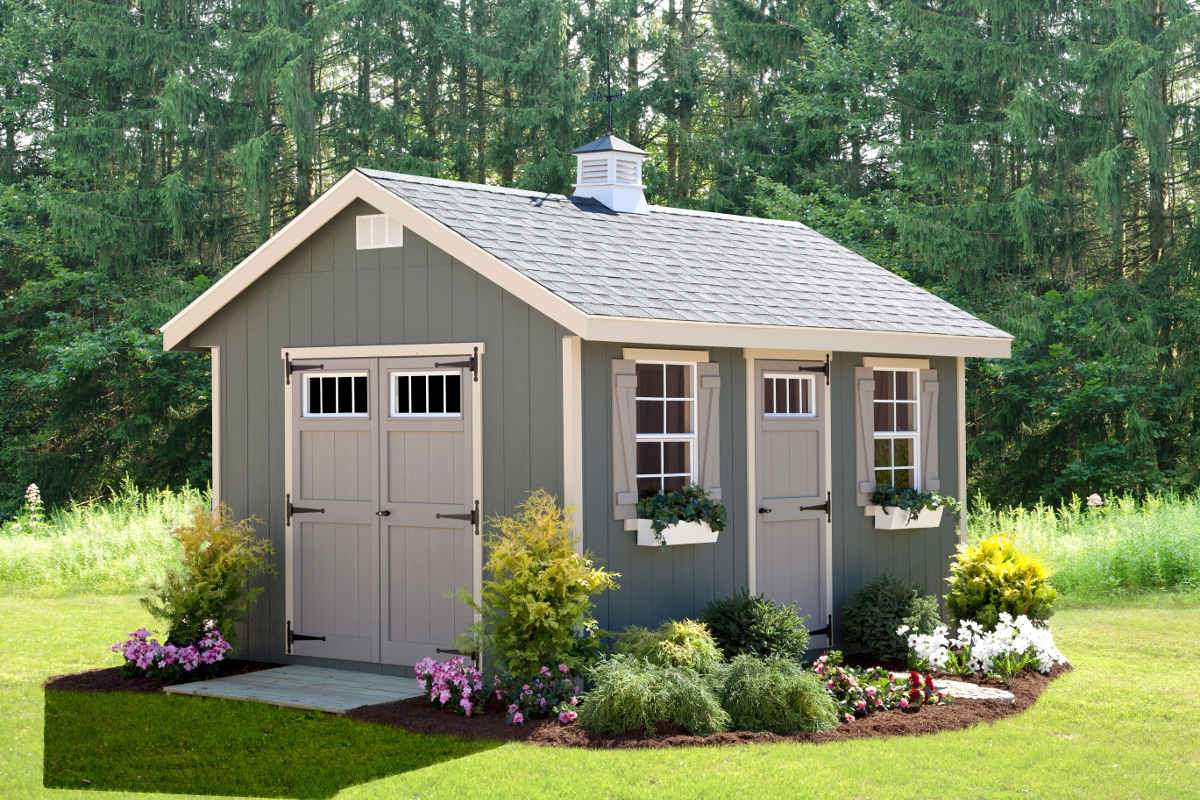
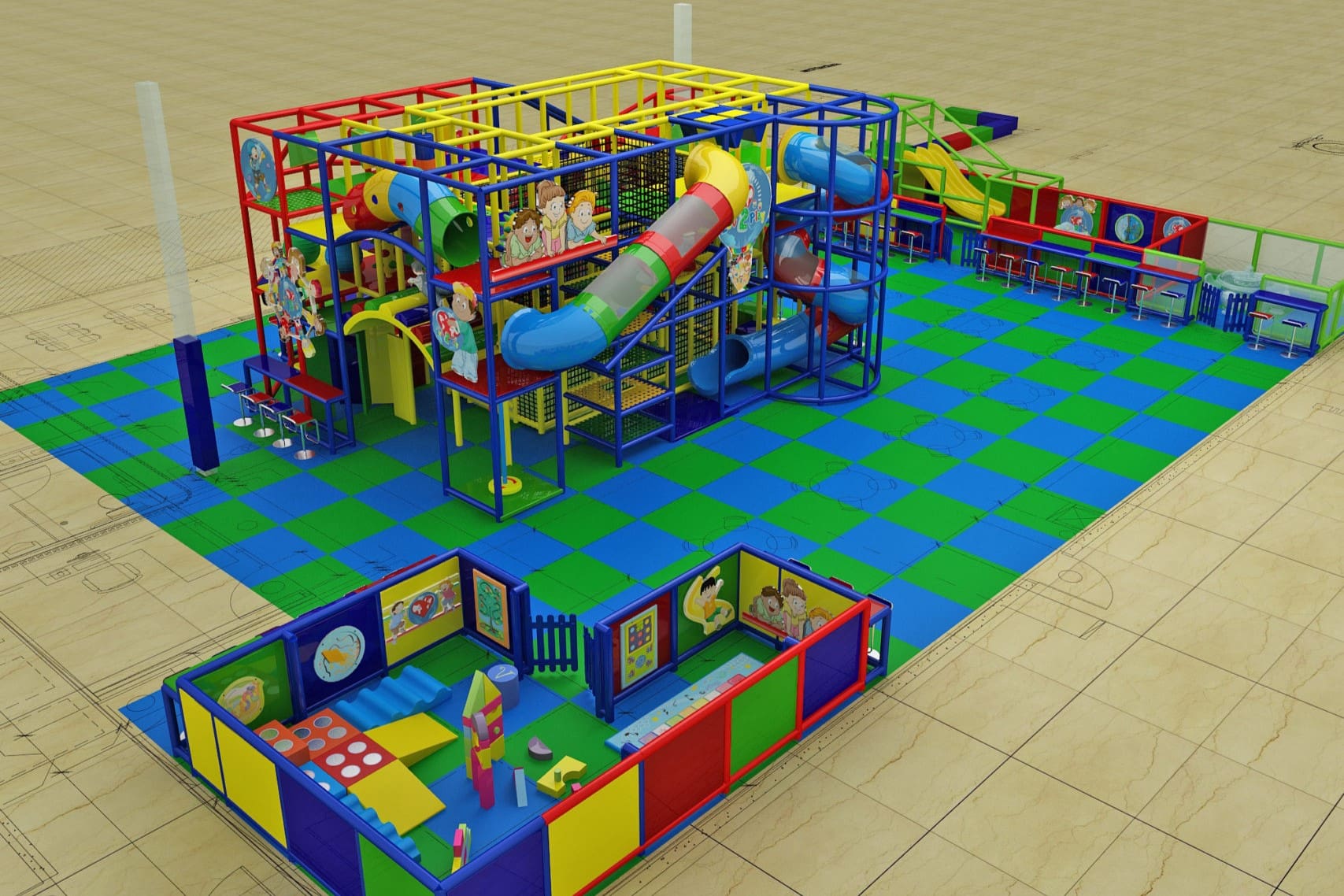
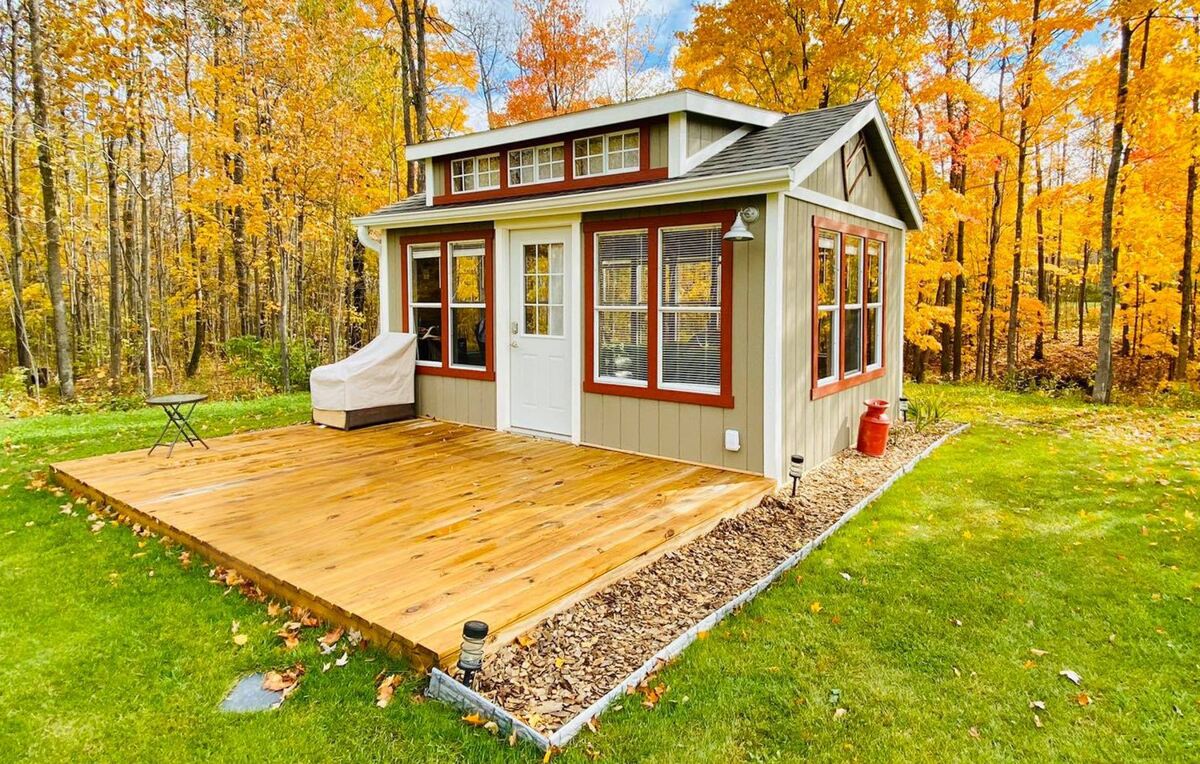
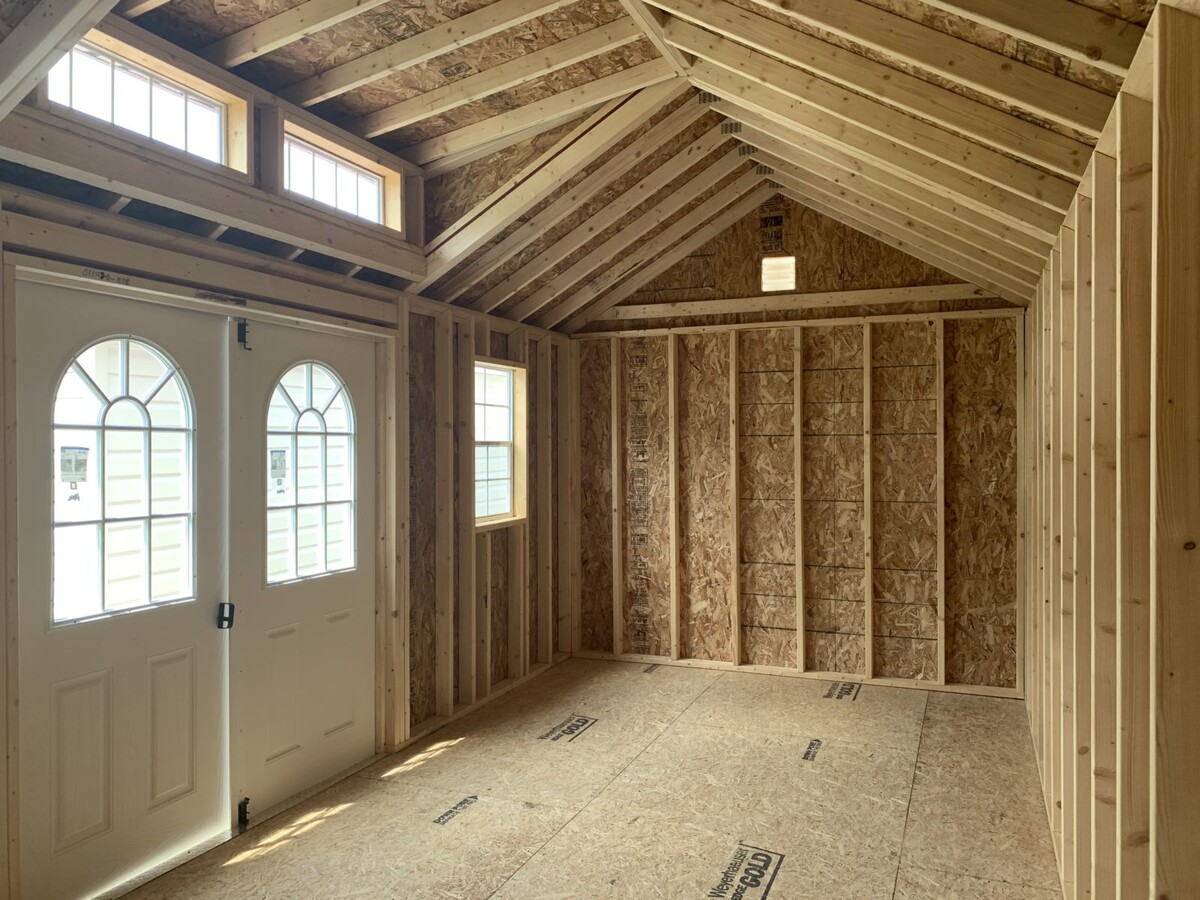
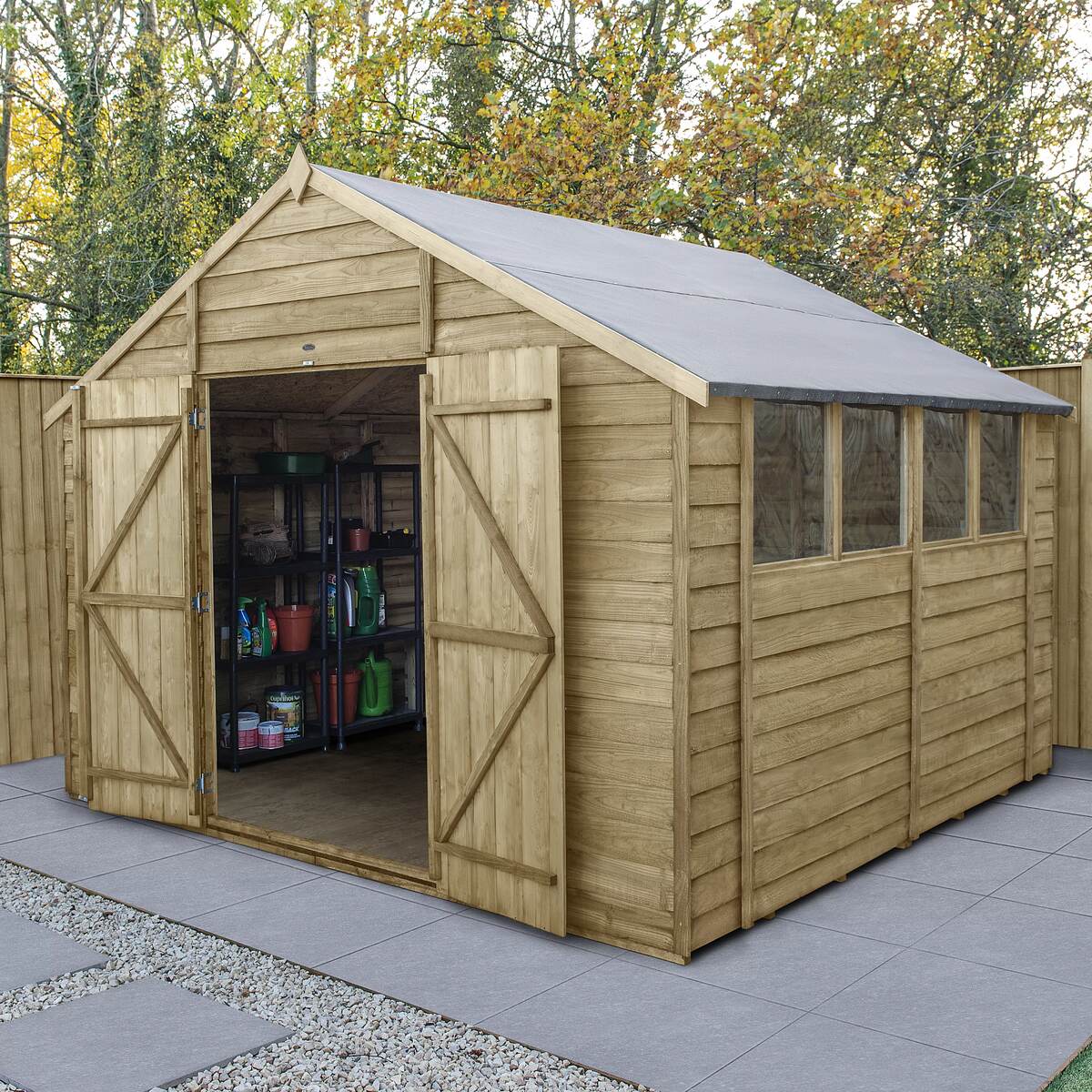
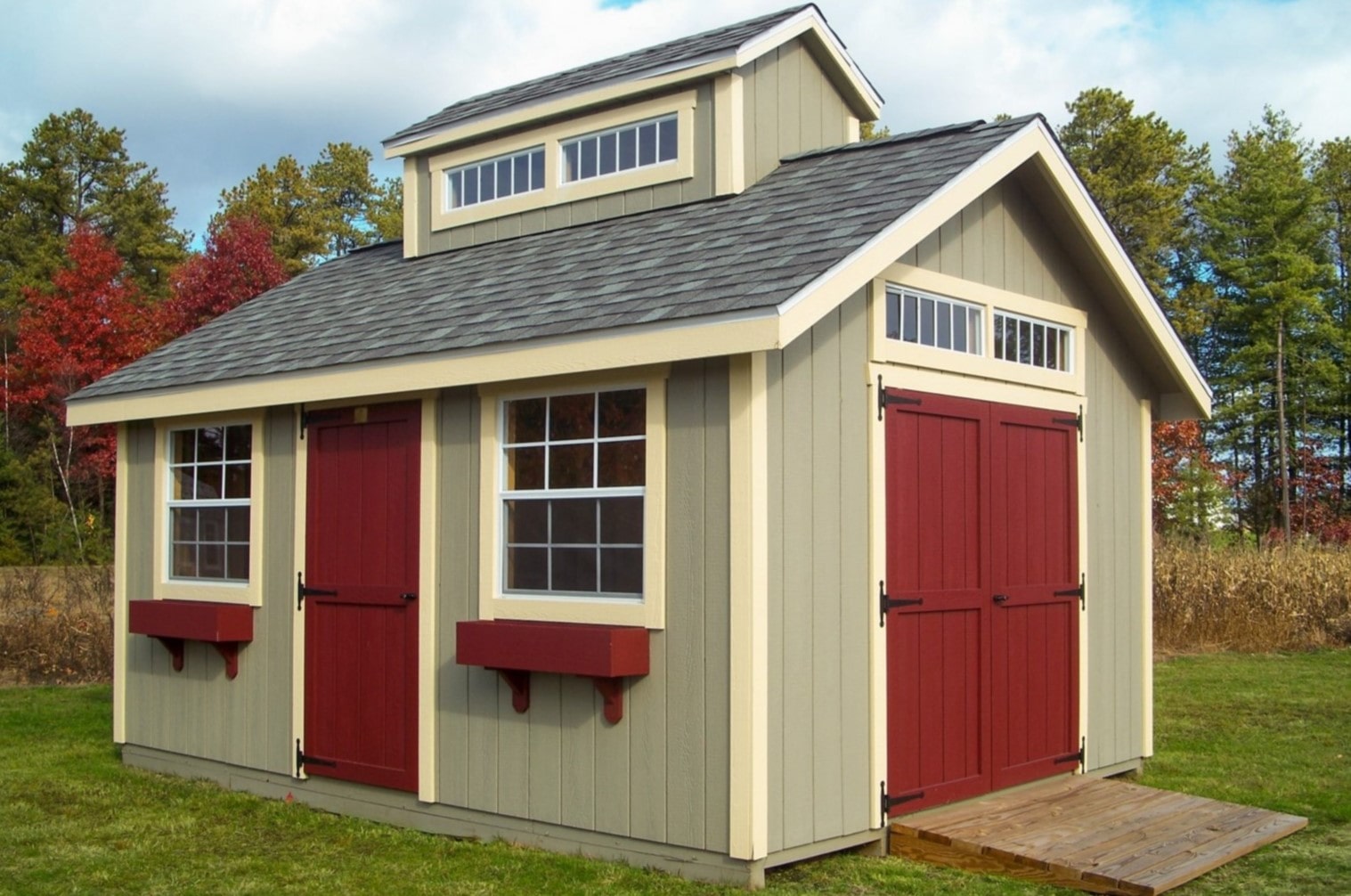
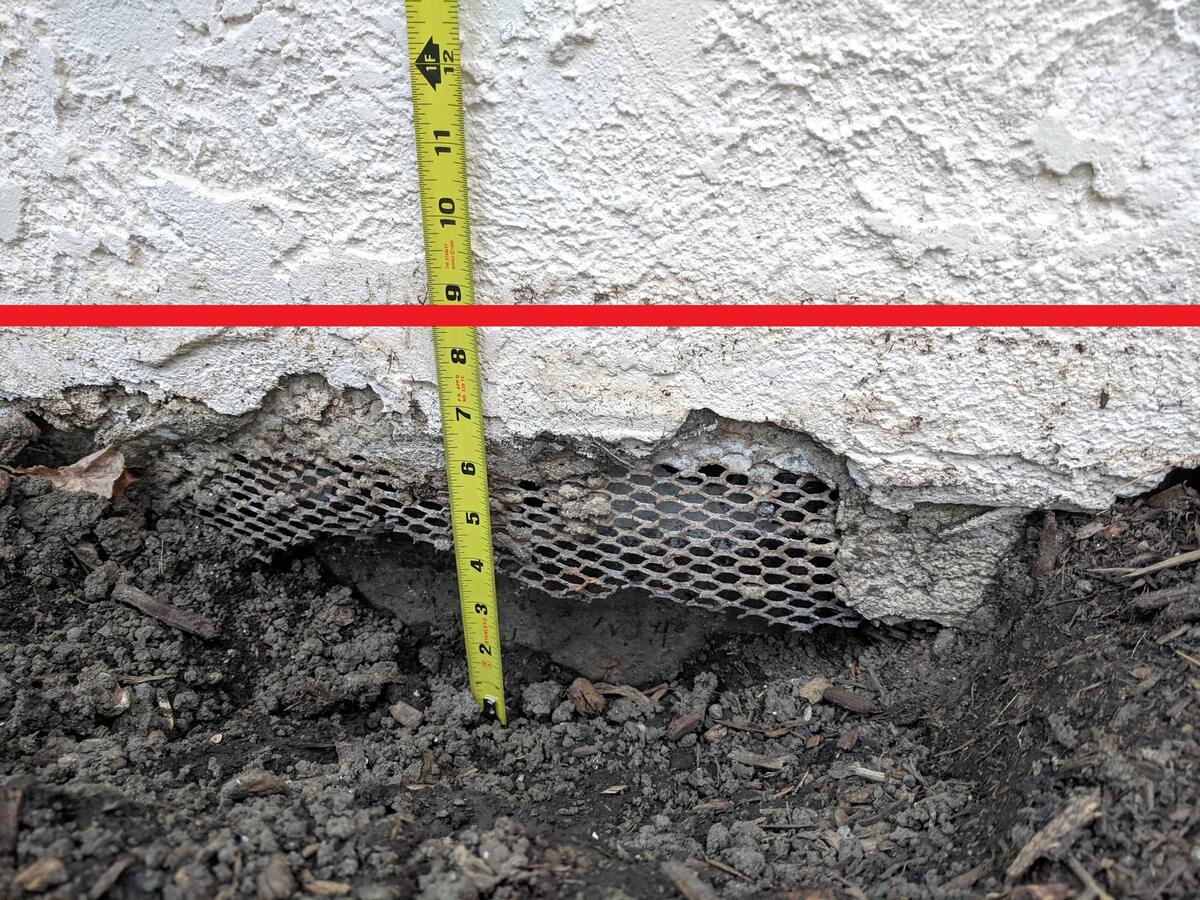
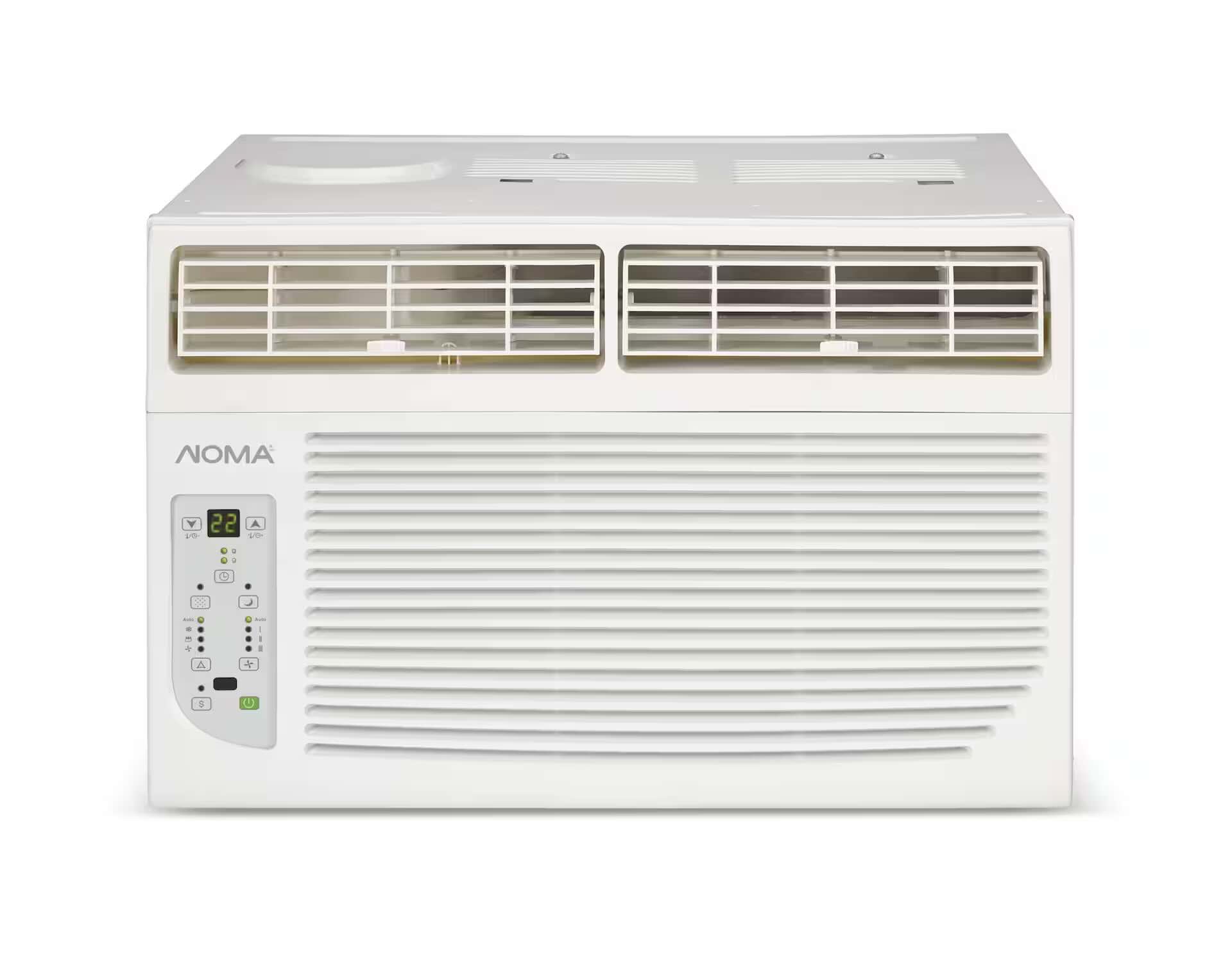

0 thoughts on “How Many Square Feet In A Pallet Of Sod Grass”